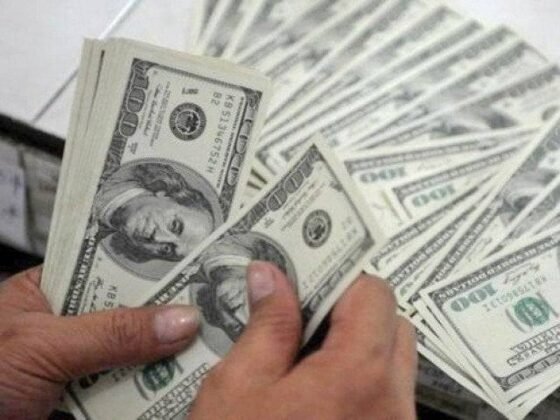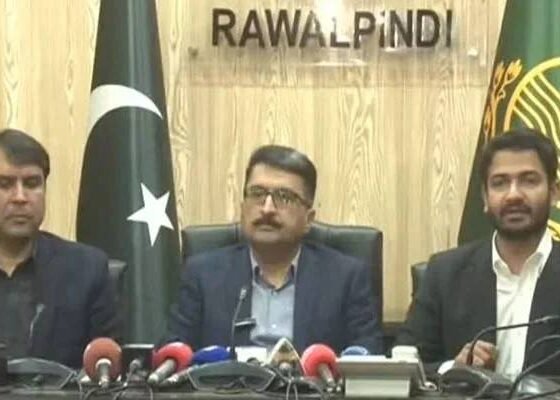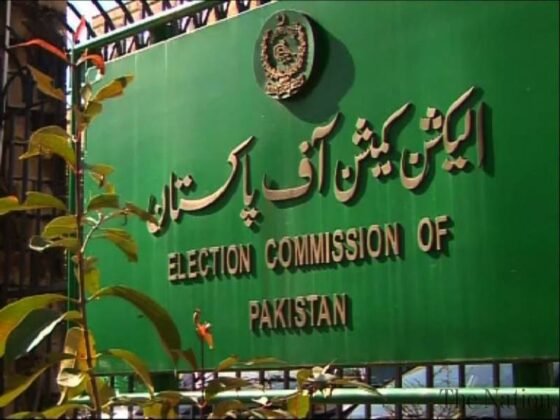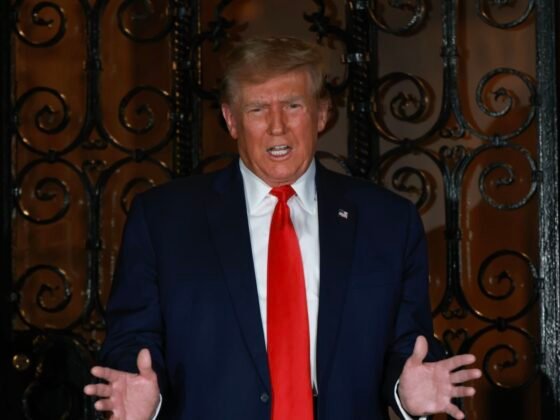
A telegram on the success of the Temple Entry Proclamation dispelled Mahatma Gandhi’s considerations (File)
Within the latter a part of the write-up, nevertheless, he congratulated Travancore King Chithira Tirunal Balarama Varma for abolishing the ban on ‘avarnas’ (lower-caste folks) from getting into Hindu shrines, his mom Sethu Parvathy Bhai and dewan Sir CP Ramaswamy Aiyer for the proclamation.
The piece has been included within the memento of the Temple Entry Proclamation Memorial, issued by the Travancore Temple Entry Proclamation Memorial Committee, together with different write-ups by Gandhi and speeches on the proclamation.
The article started with particulars of the telegram he had acquired from the Harijan Sevak Sangh in then Trivandrum.”When the Temple Entry Proclamation was issued, I had misgivings which I couldn’t and wouldn’t suppress. Was it a political doc with loopholes and reservations? What can be its impact on caste Hindus, if it was a super-imposed factor? What can be its impact on Harijans? Wouldn’t it not go away them within the chilly,” the Mahatma wrote.
The telegram, with an in depth description concerning the implementation of the Proclamation and the response of the folks, had dispelled all doubts, he famous.
Gandhi additionally clarified that his reservation was solely concerning the impression of the transfer and never the real intention of the Travancore king and his “reformer” dewan.
“The reality has surpassed all expectations. The keenness of the Harijans, the absence of all opposition to their entrance to the farthest restrict potential to the very best caste, and the prepared, nay the hearty co-operation of the officiating monks present the utter genuineness of the good and sweeping reform. What appeared not possible for man has been made potential by God,” he stated.
What occurred in Travancore was an “occasion of mass conversion of Caste Hindus. It is actual as a result of it is spontaneous,” he wrote.
The telegram stated the Proclamation coated 1,526 temples managed or managed by the State (Travancore).
Of those, 155 have been main temples, equivalent to Cape Comorin (now the Kanyakumari Devi Temple) and Ananthapadmanabha (Lord Padmanabha Swamy Temple right here).
“Precise working (of the) Proclamation is most profitable. It has disproved all fears entertained (in) sure quarters. Orthodox folks together with Namboodries have, as teams or people, displayed no hostility. Most of them expressing themselves when it comes to full approval of the Proclamation. We see no indicators of resentment,” the telegram added.
Famous historian TP Sankarankutty Nair stated the Temple Entry Proclamation was one of many biggest social reformatory measures witnessed by erstwhile Travancore.
“In line with the data, Mahatma Gandhi had visited Travancore in 1924. Throughout a quick assembly with the royal relations, he requested the then prince Chithira Tirunal whether or not he would throw open temples for decrease caste Hindu folks when he turned the king. The 12-year-old prince had stated ‘I shall’ and he didn’t overlook his promise when he turned the ruler of Travancore later,”Mr Nair instructed PTI.
The king fashioned the Temple Entry Committee in 1932 to look at the probabilities of opening the shrines’ doorways to all castes and issued the Proclamation in 1936, he stated.
Mahatma Gandhi had visited Travancore to participate within the celebrations for the profitable implementation of the proclamation in January 1937.
He entered varied temples, together with the Padmanabha Swamy temple, with folks from the so-called decrease castes, the historian stated.










